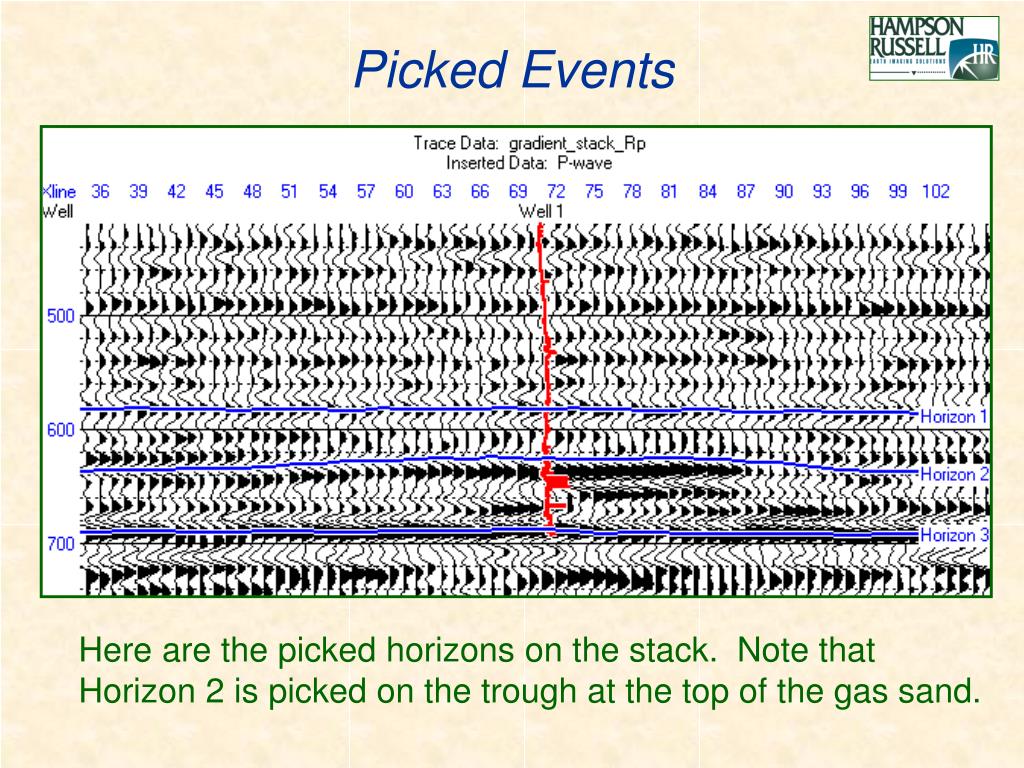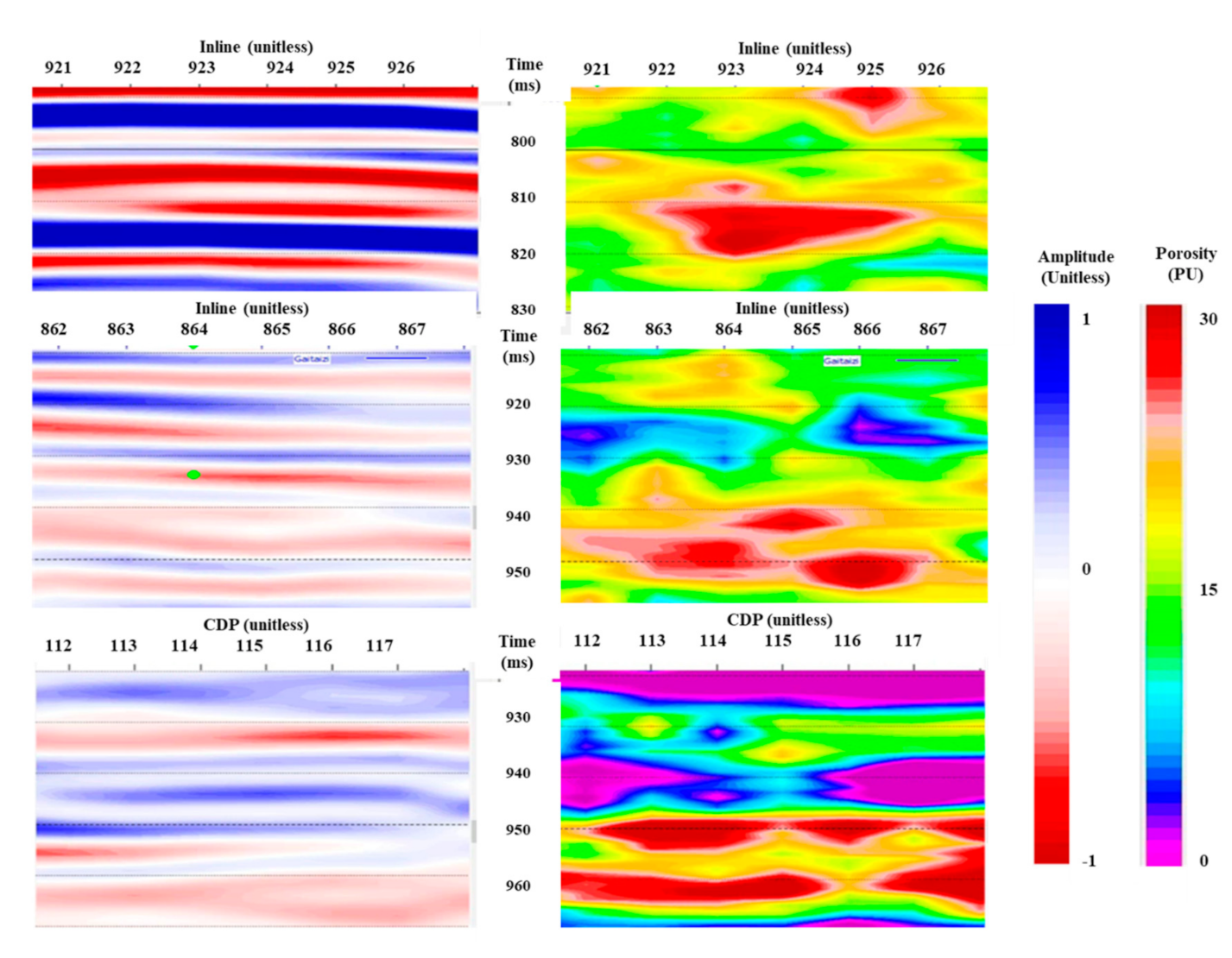

Map of the Pikes Peak field, Saskatchewan with the well list used.

Nine wells, closest to the seismic line (lying within 110 m of the 2D seismic line) were used for this work.


This line was about 3.8 km long with a receiver interval of 10 m and a source interval of 20 m (Hoffe, 2000). Well Log Correlation to Seismic DataĪ three-component (3C) seismic line, acquired with a Vibroseis source, was collected in March 2000 by the CREWES Project and Husky Energy (Figure 3). The trapping mechanism at Pikes Peak is considered to be both structural and stratigraphic: its stratigraphic component comes from the sealing shale unit and the structural component is determined by the dissolution of the Prairie Evaporite. It has low porosity and permeability, and creates a seal over the oil- or water-saturated sand. The upper shale unit plays the role of a cap in the hydrocarbon trap. The interbedded unit is characterized with a lamination of sand and shale, which makes well log data “highly variable” in this part of the section. The sands are well sorted, fine to medium grained. This unit has the greatest thickness and continuity across the reservoir. The homogeneous sand, which is saturated with heavy oil, is the main target for development. The productive Waseca formation consists of three main facies. The Cretaceous strata are dipping largely to the southwest (Hulten, 1984). A mixture of sand and shale cycles were deposited above this Unconformity and they formed the Lower Cretaceous Mannville group. The 250 Ma gap between the Devonian and Cretaceous formations is the well known Pre-Cretaceous Unconformity. The dissolution of this Devonian salt, played an important role in the formation of the hydrocarbon trap at Pikes Peak. The dominant lithologies of the Devonian formation are limestone and dolomite, with the exception of the Prairie Evaporate, which consists largely of salt. There are essentially Devonian and Cretaceous formations above the basement. The top of the Precambrian basement lies at a depth of approximately 1600 m. Generalized stratigraphic column for the Pikes Peak area (after Core Laboratories Stratigraphic Chart for Saskatchewan). The productive Waseca formation is located about 500 m below the surface and its thickness varies from 5 to 35 m (Figure 2). The Pikes Peak heavy oilfield is situated in the east-central part of Western Canada sedimentary basin. With these methods, we have identified an interesting, yet undrilled, zone at the southern part of the seismic line. Cokriging techniques are applied to integrate the sparse well measurements and the seismic data to estimate the density and porosity along the seismic line. Post-stack seismic inversion methods are used to estimate impedance values. The primary objectives for this paper are to i) correlate the well logs, synthetic seismograms, and 3C surface seismic data from the Pikes Peak field, ii) analyze various attributes, in particular Vp/Vs, along the seismic line to delineate sandstone reservoirs, and iii) estimate the density and porosity in the zones of interest. Map of major heavy-oil deposits of Alberta and Saskatchewan and location of the study area. Presently, it is a significant oil field in Canada with a daily production of about 8000 barrels. Over 42 million barrels of heavy oil have been produced at this site over the last 22 years. Hulten (1984) provided a comprehensive geologic description for the Waseca formation in and around the Pikes Peak field. The Pikes Peak oil field is located 40 km east of Lloydminster, Saskatchewan (Figure 1) and produces heavy oil (12*API) from the Waseca sands of the Lower Cretaceous Mannville Group.


 0 kommentar(er)
0 kommentar(er)
